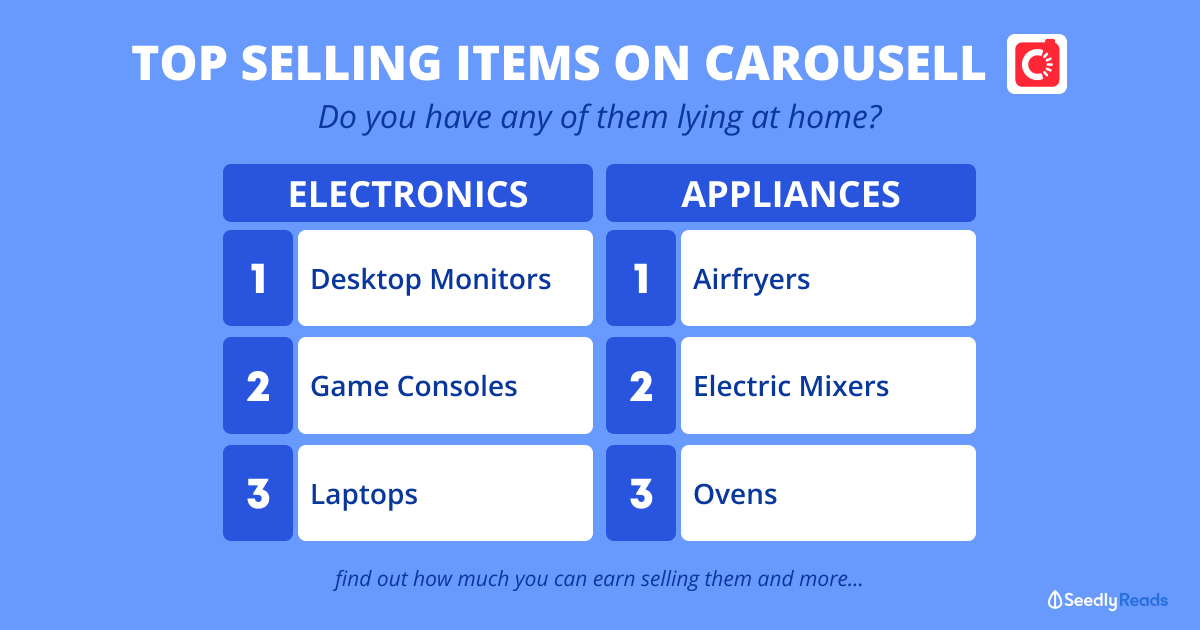Firstly, as an advisor, I will not recommend anyone to invest into anything without doing their proper research first. The reason why you want to place your money with a financial professional is a higher risk adjusted return. It will make no sense if you are able to achieve a better return yourself if you have the time and interest to monitor the financial markets on a regular basis.
Having said that, using an automated way to save and invest your spare cash is a good way to plan for your future as well as for your retirement. Not only will you be able to free up your precious time to pursue your hobbies, but you will also be able to reduce your temptation to spend the excess cash.
Both AXA wealth accelerate and robo advisers are great platforms to invest. Major concerns of any investors that will potentially affect your returns are: 1. potential returns, 2. volatility, and 3. fees.
1. Potential returns
While many advisors are beating up ILPs without understanding what AXA wealth accelerate is, I would strongly urge you to hold your horses.
AXA wealth accelerate allows you to purchase into accredited investor funds that normal investors will not have access to. Using an ILP as a platform, you are able to select your own sub funds and switch them whenever they are not performing without fees. Furthermore, such accredited investors funds have high historical rate of returns ~ above 10%. AXA wealth accelerate is a pure investment play which also means that you do not have to worry about the cost of insurance.
On the other hand, Stashaway is a great tool to save and invest. Rather than dealing with particular sub-funds, your investments are classified into themes like: general investing, goal based investing, and so on. Stashaway gives you a probability of the returns instead of indicating what their historic returns are by investing in various ETFs and funds. In my opinion, there's no way to guage what the past performances are and there's no way to compare if Stashaway is generating an alpha compared to the benchmark.
Verdict: Depending on the types of returns you are looking at, ILPs and Stashaway offers solution that cater to your individual preference. If you want to select your own sub-funds to produce higher returns, then ILP is a better way to invest.
2. Volatility
As all investment face some types of volatility, using ILP as an investment platform, you are subjected to higher volatility based on the types of sub-funds you select. The only way you are able to avoid high volatility on ILP is to switch sub-funds during appropriate timing to reduce drawdown. Your advisor should provide a value added service to you by providing timely advice instead of just selling you a product. ILP is less flexible than Stashaway because you can just take a premium holiday. But if you are looking to surrender your policy, please be aware of the high surrendering cost.
For Stashaway, you are able to switch the types of investment themes in order to reduce your volatility. However, unlike the ILP, you do not have a trusted advisor to assist you. You are pretty much on your own and you depend on Stashaway's platform to allocate your funds into the various investment vehicles. What is interesting with Stashaway is that you have the option to kill your investment and take cash at any point in time. You have no commitment period which makes Stashaway more liquid.
Verdict: Higher returns will also mean higher expected losses. Both investment platform types are not able to escape the inevitable drawdown in the time of crisis. You will still need some sort of active management.
3. Fees
ILP has insane fees and complex fee structures as you mentioned previously. However, do note that AXA wealth accelerate has the startup bonus, powerup bonus, and loyalty bonus of up to 200% to mitigate the fees. ILP is definitely not for short term investments, therefore if you are looking at a timeframe of 5 to 8 years, the fees might not justify the returns. However, for a 30 years investment timeframe, your annual breakeven can be lower than 1%* if you take into consideration of the bonus.
Stashaway doesn't have the same type of bonus, and fees start at 0.8% for the first 25k and decreases accordingly as your portfolio grows. If you look at the conversion fees, expense ratio, and income expense ratio, you might be looking at a fee of approximately 1.5% and more depending on your portfolio size.
Verdict: Since you are starting out with a $300 per month, DCA, you might potentially incur a higher initial cost on the ILP than Stashaway. However, if you are looking to invest for a longer timeframe, 30 years with the various bonus types, then the ILP may potentially be more cost effective.
I would say the main deciding factor is whether you need an advisor's help to assist you in your planning. If you choose the ILP, then you will have your advisor on speed dial if anything goes wrong (that depends on the advisor you are working with). On Stashaway, you are pretty much DIY and you do not have any advisor to provide tailored advice.
Your advisor should help you navigate your present and future financial concerns.














Firstly, as an advisor, I will not recommend anyone to invest into anything without doing their proper research first. The reason why you want to place your money with a financial professional is a higher risk adjusted return. It will make no sense if you are able to achieve a better return yourself if you have the time and interest to monitor the financial markets on a regular basis.
Having said that, using an automated way to save and invest your spare cash is a good way to plan for your future as well as for your retirement. Not only will you be able to free up your precious time to pursue your hobbies, but you will also be able to reduce your temptation to spend the excess cash.
Both AXA wealth accelerate and robo advisers are great platforms to invest. Major concerns of any investors that will potentially affect your returns are: 1. potential returns, 2. volatility, and 3. fees.
1. Potential returns
While many advisors are beating up ILPs without understanding what AXA wealth accelerate is, I would strongly urge you to hold your horses.
AXA wealth accelerate allows you to purchase into accredited investor funds that normal investors will not have access to. Using an ILP as a platform, you are able to select your own sub funds and switch them whenever they are not performing without fees. Furthermore, such accredited investors funds have high historical rate of returns ~ above 10%. AXA wealth accelerate is a pure investment play which also means that you do not have to worry about the cost of insurance.
On the other hand, Stashaway is a great tool to save and invest. Rather than dealing with particular sub-funds, your investments are classified into themes like: general investing, goal based investing, and so on. Stashaway gives you a probability of the returns instead of indicating what their historic returns are by investing in various ETFs and funds. In my opinion, there's no way to guage what the past performances are and there's no way to compare if Stashaway is generating an alpha compared to the benchmark.
Verdict: Depending on the types of returns you are looking at, ILPs and Stashaway offers solution that cater to your individual preference. If you want to select your own sub-funds to produce higher returns, then ILP is a better way to invest.
2. Volatility
As all investment face some types of volatility, using ILP as an investment platform, you are subjected to higher volatility based on the types of sub-funds you select. The only way you are able to avoid high volatility on ILP is to switch sub-funds during appropriate timing to reduce drawdown. Your advisor should provide a value added service to you by providing timely advice instead of just selling you a product. ILP is less flexible than Stashaway because you can just take a premium holiday. But if you are looking to surrender your policy, please be aware of the high surrendering cost.
For Stashaway, you are able to switch the types of investment themes in order to reduce your volatility. However, unlike the ILP, you do not have a trusted advisor to assist you. You are pretty much on your own and you depend on Stashaway's platform to allocate your funds into the various investment vehicles. What is interesting with Stashaway is that you have the option to kill your investment and take cash at any point in time. You have no commitment period which makes Stashaway more liquid.
Verdict: Higher returns will also mean higher expected losses. Both investment platform types are not able to escape the inevitable drawdown in the time of crisis. You will still need some sort of active management.
3. Fees
ILP has insane fees and complex fee structures as you mentioned previously. However, do note that AXA wealth accelerate has the startup bonus, powerup bonus, and loyalty bonus of up to 200% to mitigate the fees. ILP is definitely not for short term investments, therefore if you are looking at a timeframe of 5 to 8 years, the fees might not justify the returns. However, for a 30 years investment timeframe, your annual breakeven can be lower than 1%* if you take into consideration of the bonus.
Stashaway doesn't have the same type of bonus, and fees start at 0.8% for the first 25k and decreases accordingly as your portfolio grows. If you look at the conversion fees, expense ratio, and income expense ratio, you might be looking at a fee of approximately 1.5% and more depending on your portfolio size.
Verdict: Since you are starting out with a $300 per month, DCA, you might potentially incur a higher initial cost on the ILP than Stashaway. However, if you are looking to invest for a longer timeframe, 30 years with the various bonus types, then the ILP may potentially be more cost effective.
I would say the main deciding factor is whether you need an advisor's help to assist you in your planning. If you choose the ILP, then you will have your advisor on speed dial if anything goes wrong (that depends on the advisor you are working with). On Stashaway, you are pretty much DIY and you do not have any advisor to provide tailored advice.
Your advisor should help you navigate your present and future financial concerns.